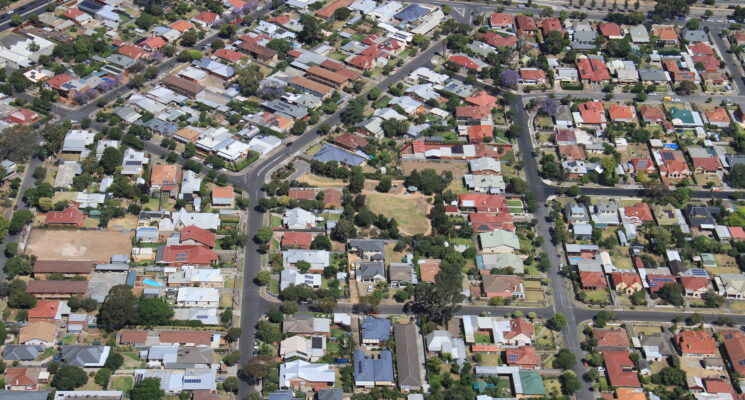Essential workers hit hard by rental crisis, latest research shows

Today, Anglicare Australia released a new Rental Affordability Snapshot focussed on essential workers in full-time work. The outlook for South Australian workers is bleak, with less than seven per cent of rentals affordable to any category of full-time employed essential workers.
For those essential workers wanting to live in Adelaide’s south, west, or northern suburbs, the situation is dire, with zero to two per cent of available properties considered affordable.
The Snapshot surveyed 1,839 private rental listings across South Australia, finding that:
- 36 rentals (2%) were affordable for an aged care worker
- 55 rentals (3%) were affordable for nurses
- 29 rentals (2%) were affordable for hospitality workers
- 129 rentals (7%) were affordable for school teachers
Believe Housing Australia’s Executive General Manager, Stacey Northover, said low vacancy rates and rising rents affected everyone, and South Australians were finding themselves in housing stress and even homeless for the first time.
“We know the situation is dreadful for those on the lowest incomes, but this survey demonstrates that the housing system is also failing those on middle incomes, including those in full-time work,” she said.
“The very people who looked after us during COVID – nurses and care workers – are the ones who now can’t afford to put a roof over their heads. We must do better.
“A shortage of social and affordable housing means they are competing in the same private rental market as people on higher incomes and, as the Snapshot shows, don’t stand much of a chance of finding a secure, affordable rental that meets their needs.
“Even if people on a low or middle income are able to secure a rental, it often means making difficult choices between essential items, often going without food, heating or other basics to meet rising rents.”
The Snapshot revealed that the Adelaide Central and Hills area had the highest number of properties affordable to essential workers – 611 compared to 245 in Adelaide’s west, 311 in Adelaide’s south, and 329 in Adelaide’s north – but even then, affordability rates sat at two per cent or less.
Ms Northover said housing supply is what is needed, and the Housing Australia Future Fund (HAFF) needs to pass through the senate to get this started.
“The HAFF may not be perfect but it’s a start, and the conversation will certainly continue until we provide enough homes for people.
“We, like many other proven housing providers, have shovel-ready projects for the release of the Housing Australia Future Fund.
“We need to make sure that properties that are built as affordable rent properties always remain for people who need it.
“Build to rent is an option often promoted but they do not stay as affordable homes in perpetuity. They are affordable for a period of time, and then the owner can sell them, and they are lost from the affordable rental market in the future.
“Community Housing Providers, like Believe Housing Australia, have the commitment to keep these as affordable properties as this is very much part of our purpose.
“We look forward to working with local, state, and federal governments to find and action solutions to end the housing crisis.
“I strongly believe everyone should have access to an affordable, safe, and secure home as a basic human right.”
For more information, read the report.
